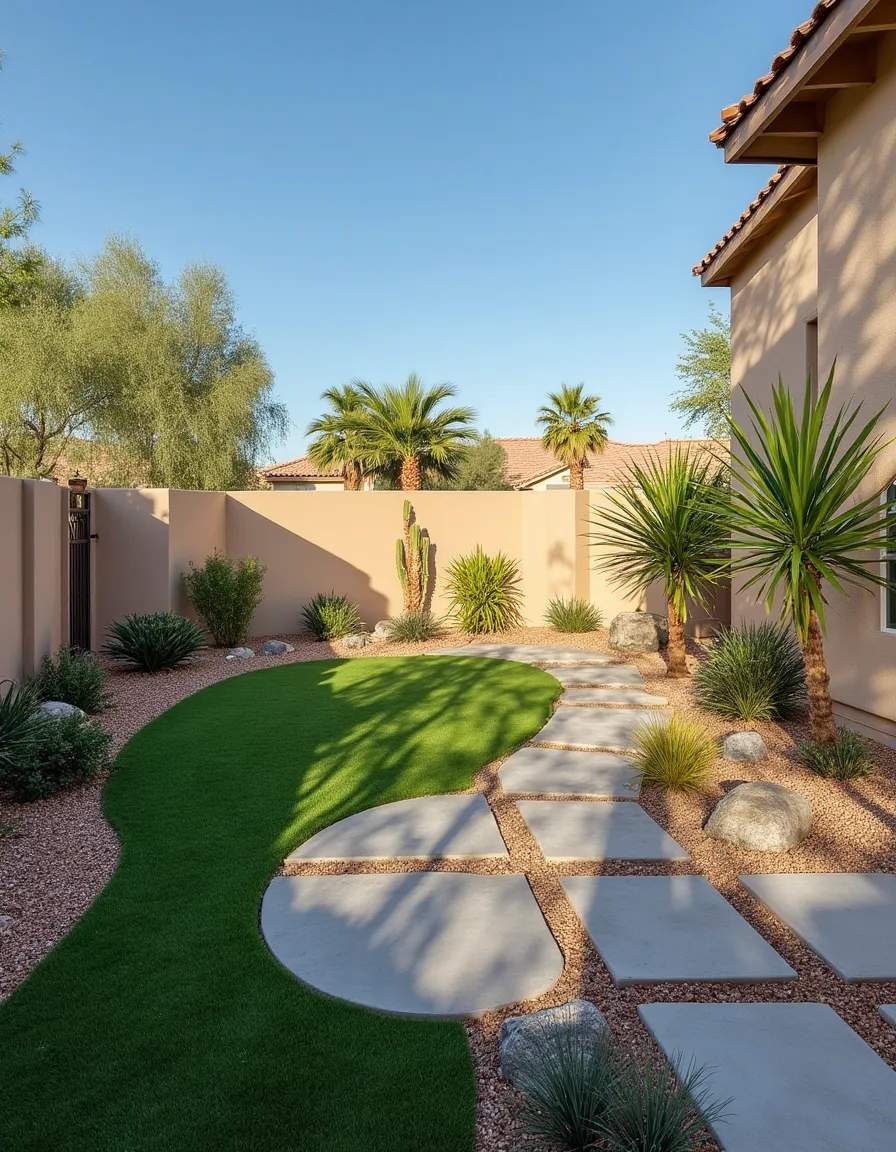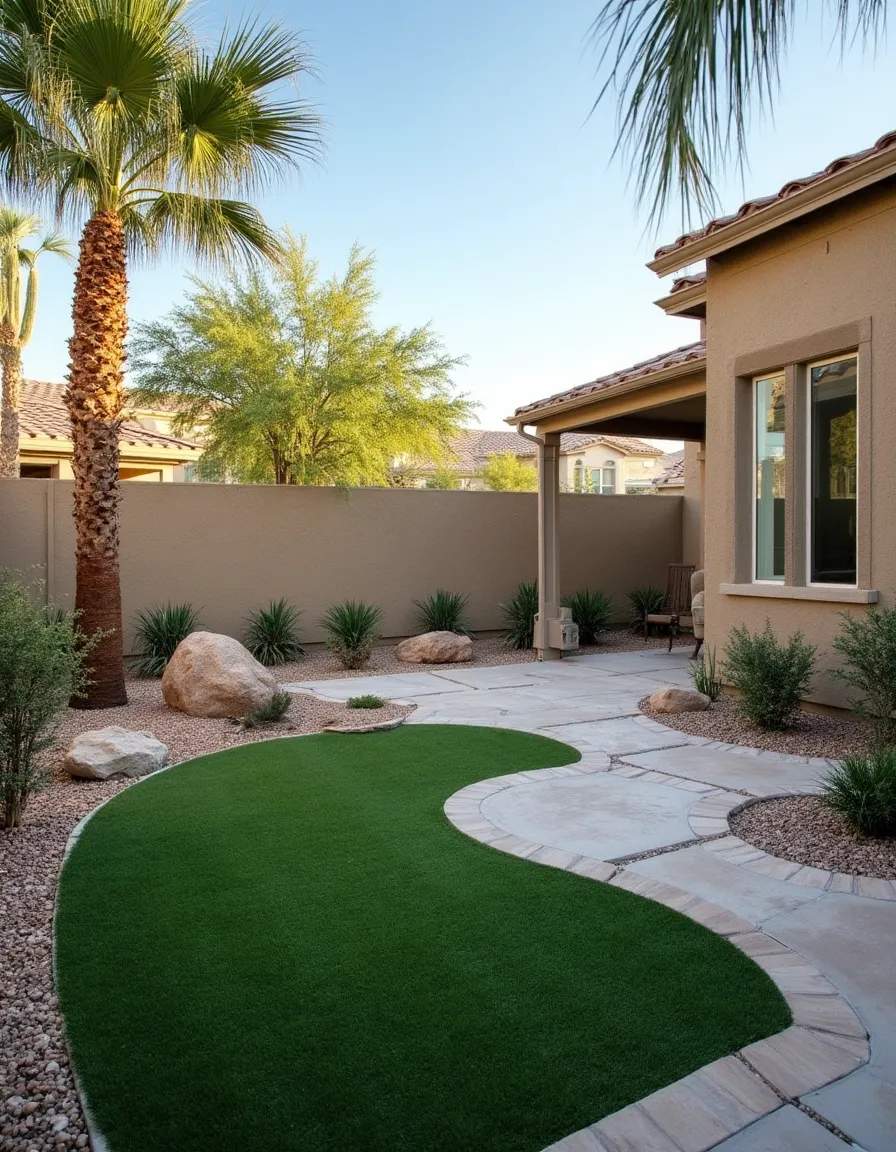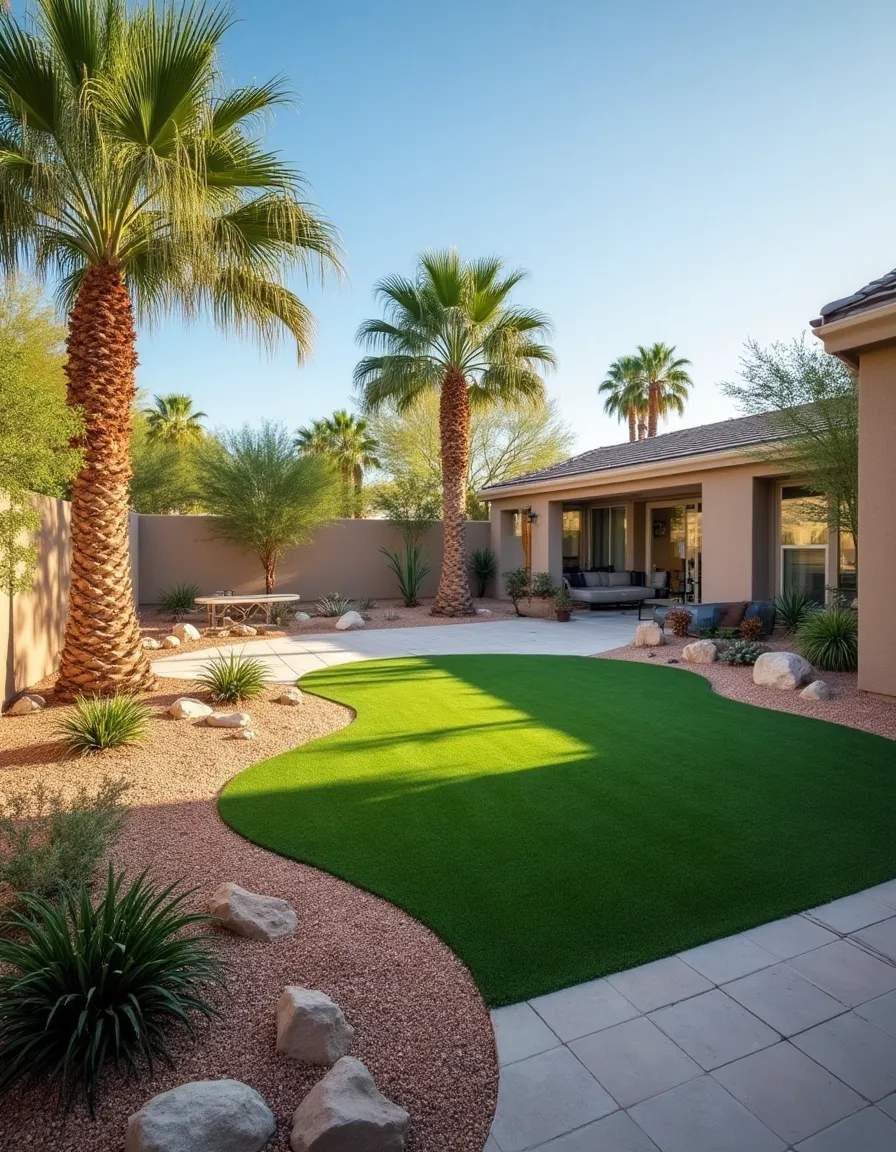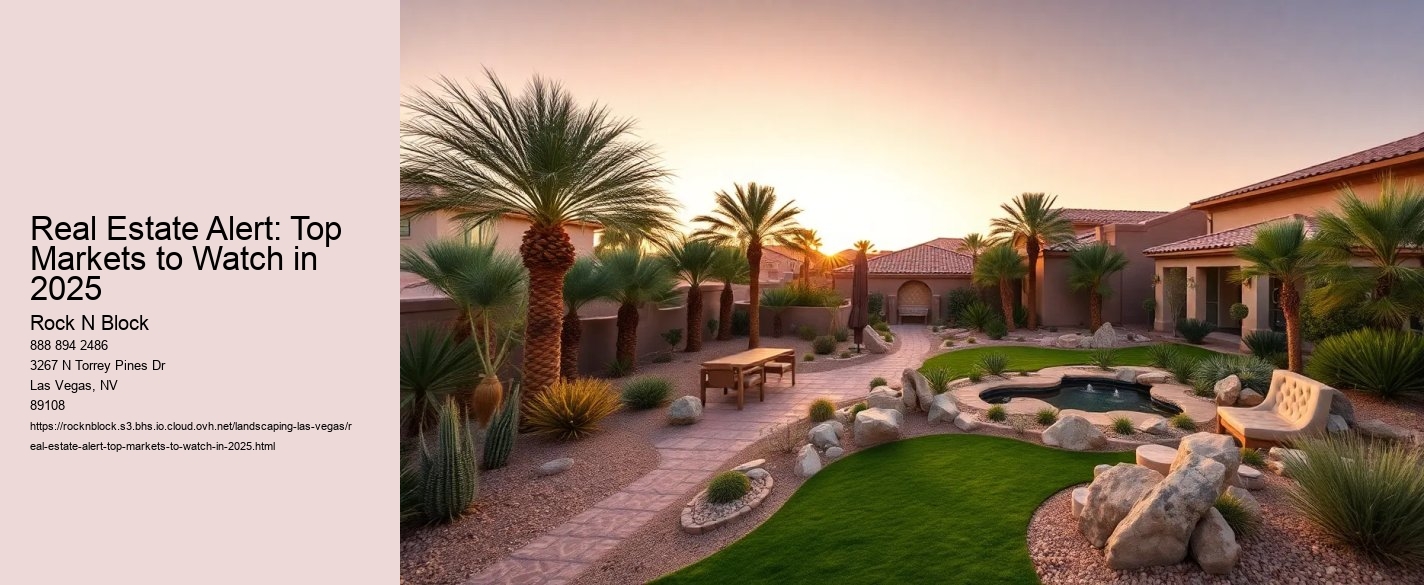Accepting Automation and Artificial Intelligence
Accepting Automation and Artificial Intelligence to Maximize Performance in 2025
As we approach the year 2025, it is ending up being progressively clear that automation and artificial intelligence (AI) are no longer simply soaring ideas and buzzwords, but concrete devices that can change our productivity and effectiveness. best Landscapers in Las Vegas Nevada. By embracing these technologies, we can open unmatched levels of efficiency and improve our tasks for the future.
Automation takes control of recurring tasks, freeing up our time to focus on higher-level duties. For instance, in the business context, automation tools can handle organizing, client service, data access, and several other administrative jobs. The result is not just decreased labor prices but additionally raised efficiency as staff members can devote their time and energy to even more calculated, imaginative and value-adding jobs.
Expert system improves automation to an entire brand-new degree. AI systems can find out, adapt, and make decisions independently, making them not just tools, but allies in our pursuit for effectiveness. As an example, AI formulas can evaluate substantial quantities of data a lot quicker and properly than any human, supplying organizations with beneficial insights and predictions. This permits more informed decision-making, optimized procedures, and boosted customer experiences.
Moreover, the assimilation of AI and automation can develop smart automation systems capable of self-improvement. These systems can learn from their errors and continuously optimize their processes, leading to an ever-increasing performance.
However, embracing automation and AI does not imply getting rid of the human element.
Real Estate Alert: Top Markets to Watch in 2025 - Las Vegas lawn and garden care
- eco-friendly home landscaping Las Vegas
- custom home landscaping Las Vegas NV
- outdoor living landscaping Las Vegas
- retaining wall landscapers Las Vegas
- sustainable landscaping Las Vegas NV
In order to reap the benefits of automation and AI, we need to prepare. This involves acquiring brand-new skills and expertise, fostering a society of constant understanding, and adjusting our mindset to this quickly changing globe. We must likewise address ethical and societal issues associated with these technologies, like work variation and privacy concerns, by implementing thoughtful policies and laws.

In conclusion, as we eagerly anticipate optimizing our effectiveness in 2025, it is necessary that we embrace automation and AI. These innovations hold immense potential to revolutionize our efficiency and effectiveness. Nonetheless, it is similarly important that we approach them with a human-centered perspective - leveraging them as devices to increase our capabilities, while additionally attending to the going along with difficulties sensibly. As we browse this interesting period of technical innovation, our success will hinge on our capacity to
Leveraging Digital and Augmented Reality for Efficiency
Leveraging Online and Enhanced Fact for Efficiency in 2025
As we base on the edge of a technological transformation, the introduction of Online Fact (VR) and Increased Fact (AR) promises to redefine our understanding of effectiveness and performance. By 2025, leveraging these modern technologies will certainly be crucial in making the most of effectiveness throughout different markets, from business and industry to education and learning and healthcare.
Virtual Truth, with its immersive, three-dimensional interface, will certainly change the method we function. With VR, physical limitations end up being irrelevant. Virtual reality headsets can transfer us to online offices, allowing remote job without shedding the advantages of a physical work environment. Meetings can take place in digital areas, getting rid of the requirement for traveling and its associated expenses and time.
Moreover, training and development, commonly a resource-intensive procedure, can be transformed by VR. Facility treatments, be it in clinical surgery or aircraft maintenance, can be exercised in a regulated and safe digital setting. This not just boosts the discovering experience but likewise significantly minimizes the expense of training.

Enhanced Fact, on the other hand, superimposes electronic details onto the real life. In a professional context, this implies that data and analytics can be accessed and cooperated real-time. Think of an auto mechanic who can see the blueprint of an equipment overlaid on the actual equipment, or a retailer who can visualize the sales information on the production line itself. This assimilation of data right into our immediate environment will enhance decision-making processes, therefore raising effectiveness.
Real Estate Alert: Top Markets to Watch in 2025 - top landscaping firms in Las Vegas
- landscape lighting installation Las Vegas
- Las Vegas landscaping with succulents
- backyard landscaping design Las Vegas
- Las Vegas landscape maintenance companies
- award-winning landscapers Las Vegas
In 2025, it is expected that AR and virtual reality will be essential to smart home systems, enhancing energy usage, and automating family tasks. From pre-heating your stove on your commute home to adjusting illumination based upon ambient problems, these modern technologies will make our homes much more energy-efficient and our lives easier.
Nonetheless, to make the most of effectiveness with virtual reality and AR, it is essential to attend to the challenges that go along with these innovations. Problems regarding privacy, information protection, and the digital divide needs to be attended to. Furthermore, the potential for over-dependence on modern technology and the ensuing loss of human touch in communications is a substantial concern.
To conclude, by 2025, VR and AR will certainly have the potential to redefine performance in our personal and specialist lives. Leveraging these innovations will call for a cautious equilibrium of advancement and law. But with the appropriate method, the virtual reality and AR revolution can lead us into a future where efficiency is not practically doing a lot more with much less, yet regarding enhancing the quality of our job and our lives.
Adjusting to the Future of Remote Job
Adapting to the Future of Remote Work: Exactly How to Maximize Your Effectiveness in 2025

As we look towards the future, it is evident that the world of job is transforming. The standard office environment is giving way for a much more flexible, remote functioning setup.
Real Estate Alert: Top Markets to Watch in 2025 - Las Vegas lawn and garden care
- shade structures and pergolas Las Vegas
- desert-friendly backyard landscaping Las Vegas
- Las Vegas landscape pros with flexible scheduling
- Las Vegas landscaper with free estimates
- rock landscaping designs Las Vegas
In adjusting to the future of remote work, it is important to initial embrace the technical developments at our disposal. By 2025, we anticipate to see additional growths in interaction, partnership, and task administration devices. These technical developments will certainly help to connect the space produced by physical distance, guaranteeing groups can interact seamlessly no matter their area. Therefore, remaining abreast with these technological changes and integrating them into our day-to-day procedures is vital.
Secondly, we need to cultivate the best mindset. Remote job is not almost functioning from home; its concerning being able to work successfully and effectively in a non-traditional setting. This needs self-control, inspiration, and outstanding time administration abilities. Its regarding establishing the ability to individually handle your tasks and supply within target dates.
Thirdly, it is important to establish clear interaction networks and protocols. With staff member distributed across different areas and possibly time zones, clear and succinct communication is vital. Normal check-ins, responses sessions and open lines of communication can assist to ensure everybody gets on the very same web page and working towards the very same goals.
In 2025, we could likewise see a rise in the concept of coworking areas. These shared workspaces can supply the advantages of a conventional office environment-- like in person interaction and a sense of community-- without the rigidness. Using such spaces might aid to combat sensations of seclusion or interference that some remote workers might experience.
Lastly, its regarding achieving a work-life balance. Among the greatest obstacles of remote work is the obscuring of borders between personal and specialist life. It is essential to produce clear delineations in between work and personal time to guarantee both balls of life are nurtured and neither is overlooked.
Finally, as we adjust to the future of remote job, it is essential to embrace the technical developments that promote this change, cultivate the ideal attitude, develop
Purchasing Constant Learning and Ability Development
Buying Continual Understanding and Skill Development: A Trick to Maximize Your Effectiveness in 2025
As we continue to navigate with the 21st century, the dynamics of the international economy and the office continue to evolve at an unmatched speed. This quick change, fueled by technical innovations and digitization, demands people to constantly update their skills and understanding.
Real Estate Alert: Top Markets to Watch in 2025 - top landscaping firms in Las Vegas
- modern backyard remodel Las Vegas
- Las Vegas lawn and garden care
- top landscaping firms in Las Vegas
- tree trimming and landscaping Las Vegas
- shade landscaping solutions Las Vegas
Constant learning is the procedure of regularly acquiring and upgrading all sort of capacities, knowledge, and understandings from both official and casual discovering experiences to cultivate personal and expert development. It incorporates a large range of tasks, including analysis, going to workshops and workshops, participating in on the internet programs, and pursuing advanced degrees.
In the context of 2025, numerous factors make continual knowing and ability growth vital. First of all, the rapid improvement of modern technology, such as Expert System (AI), robotics, and artificial intelligence, is disrupting typical job functions and creating brand-new ones. To equal these modifications, one must continually update their abilities and knowledge.
Second of all, the business landscape in 2025 is expected to be a lot more competitive and unstable. Constant knowing allows people to adjust to these changes by equipping them with the essential skills to take on intricate issues, make educated decisions, and innovate.
Finally, the COVID-19 pandemic has actually underscored the value of versatility and durability, which can be cultivated through continual learning. The pandemic has actually accelerated the shift to remote job and digital platforms, necessitating effectiveness in digital skills and the capability to quickly adjust to new working environments.
As the nature of job progresses, soft skills such as emotional knowledge, vital thinking, and creative thinking come to be equally essential. Continuous understanding not only aids in boosting these abilities however additionally promotes a growth way of thinking. This attitude, characterized by the idea that capacities and intelligence can be established, is crucial for prospering in the dynamic globe of 2025.
Real Estate Alert: Top Markets to Watch in 2025 - Las Vegas lawn and garden care
- reliable landscaping services Las Vegas
- landscaping near The Strip Las Vegas
- residential landscape services Las Vegas
- Las Vegas backyard transformation services
- local top landscapers near me in Las Vegas
Finally, purchasing continual knowing and ability development is essential for making best use of efficiency in 2025. It furnishes individuals with the necessary technological and soft skills, advertises adaptability and durability, and cultivates a development state of mind. Amidst the fast-paced technical and economic adjustments, those who choose to be lifelong learners will be better placed to take chances and browse obstacles in the future. The future comes from those that learn, unlearn, and relearn in an endless cycle of personal




